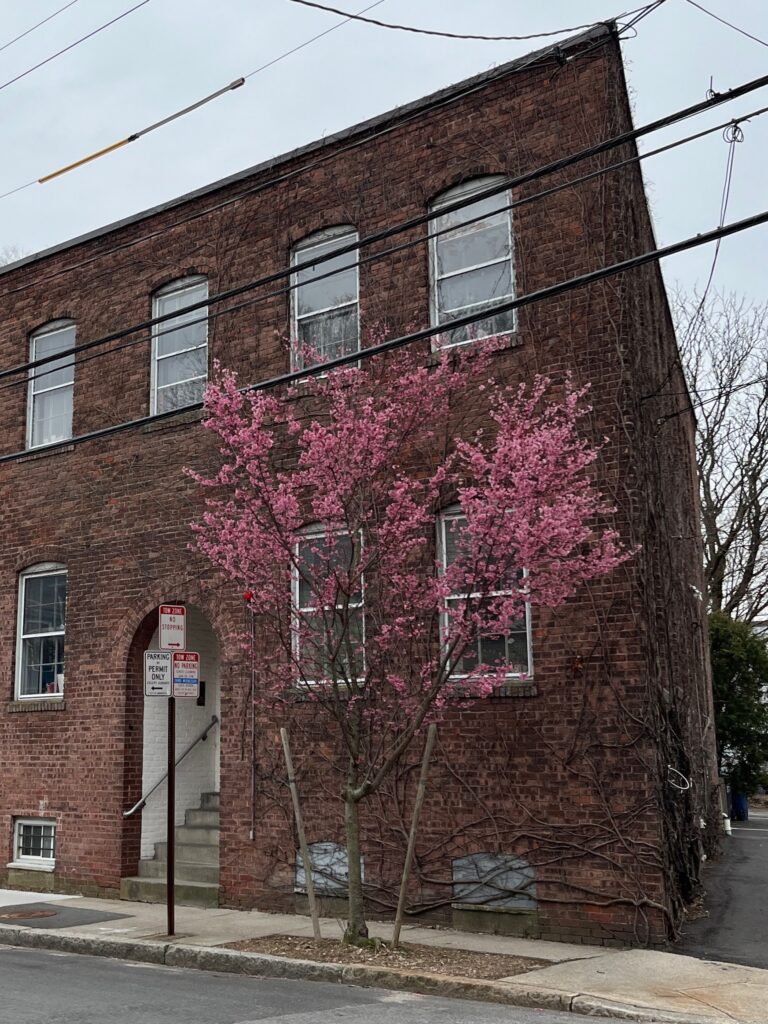Last year, I made a post exploring different pink colors I could make with my paints. My palette has changed a lot since then and it’s cherry blossom season again, so I decided to give it another shot.

The rows are different colors or color mixes, and the columns are the base colors, diluted color, and color mixed with white.
On the left side of the page, I have single-pigment colors:
- DV Quin Red PR209
- DS Quin Red PV19
- HO Quin Magenta PR122
- DV Perm Red PR188
- WN Transparent Orange DPP
On the right, I mostly have self-mixes (though I forgot my system and also put a single-pigment color as the first entry).
- DS Perylene Red PR149
- PR209 + PR122
- PR188 + PR122
- PV19 + PR209
- PV19 + PR122
- DPP + PR122
- PV19 + DPP
Diluting with water vs. adding white
One of the things I wanted to check was how much of a difference there is between pinks made by diluted darker reds/magentas, and pinks made by adding Titanium White. In general, I did not find much difference in most cases. The dilute mixes are more transparent and airy-looking while the white mixes are more opaque and have more of a feeling of solidity. The hues are similar, particularly for cool pinks. In more orangey colors, the white mixes look kind of grayed out.
This confirmed for me that I don’t need white on my palette to make cherry blossom pinks, since I think it’s an advantage for them to look frothy and foamy.
Favorite cherry blossom mixes


My favorite single-pigment color for cherry blossoms was Quin Red (PV19), as it has a good balance of rosiness and coolness. However, I think I liked some of the mixes even more. My two favorite were PR209 + PR122 and PR209 + PV19 (essentially, PR209 plus any cool pink). The PR209 adds a bit more rosiness. On its own, I find dilute PR209 too orangey, though mixed with pink it becomes a very nice baby pink.
Reds/oranges without a cool undertone, like PR188, PR149, and DPP did not strike me as particularly useful for making these types of pinks, even when mixed with bluey PR122. They didn’t balance out the coolness of the PR122, they just seemed to go dark.
